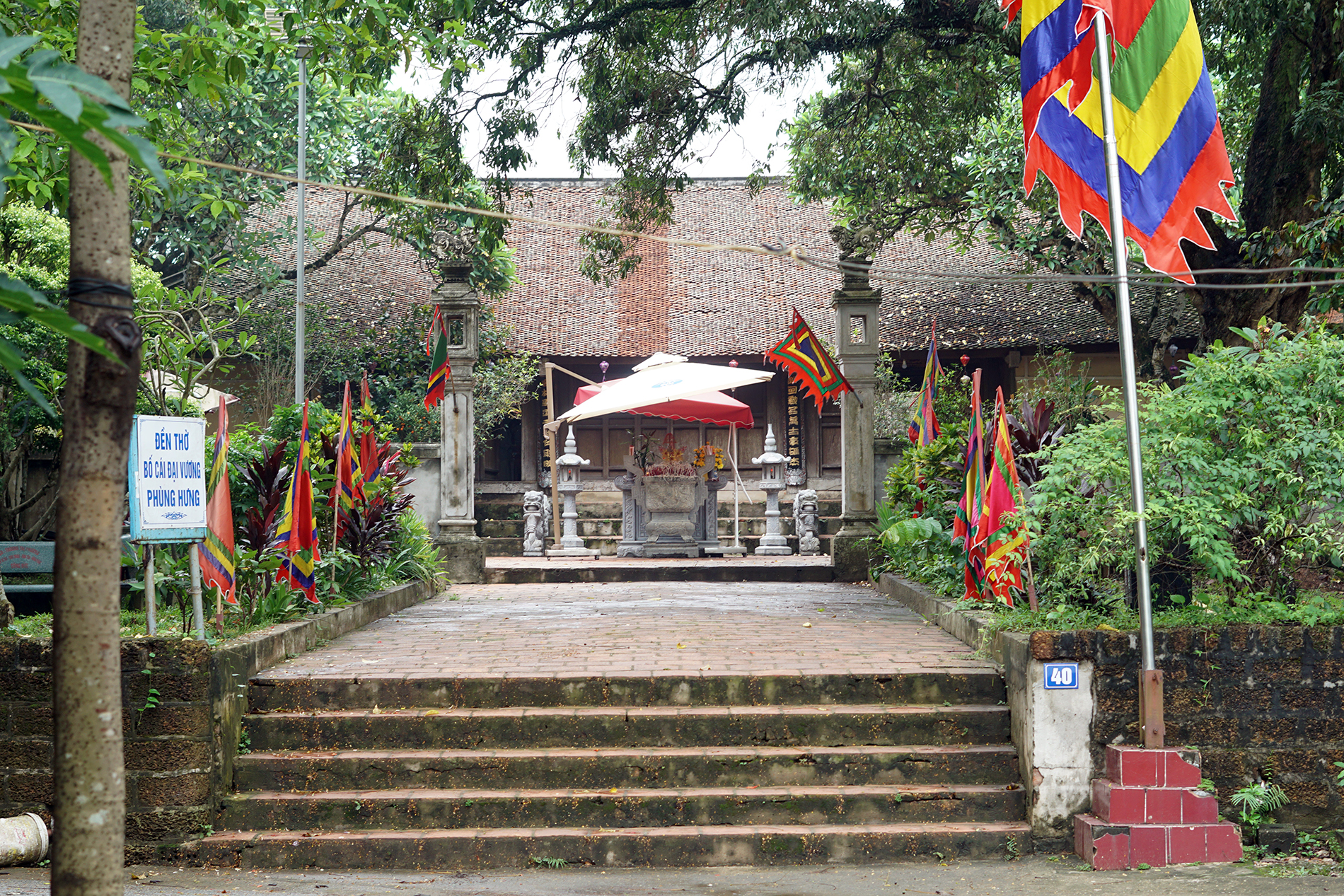
Duong Lam is also the only village today that still preserves almost intact the architectural space and landscape typical of a traditional Northern village with dark brown tiled roofs, laterite walls, mossy village gates and a peaceful rural lifestyle. Here, thousands of years of stories continue: The story of a "living" heritage in the heart of the capital.
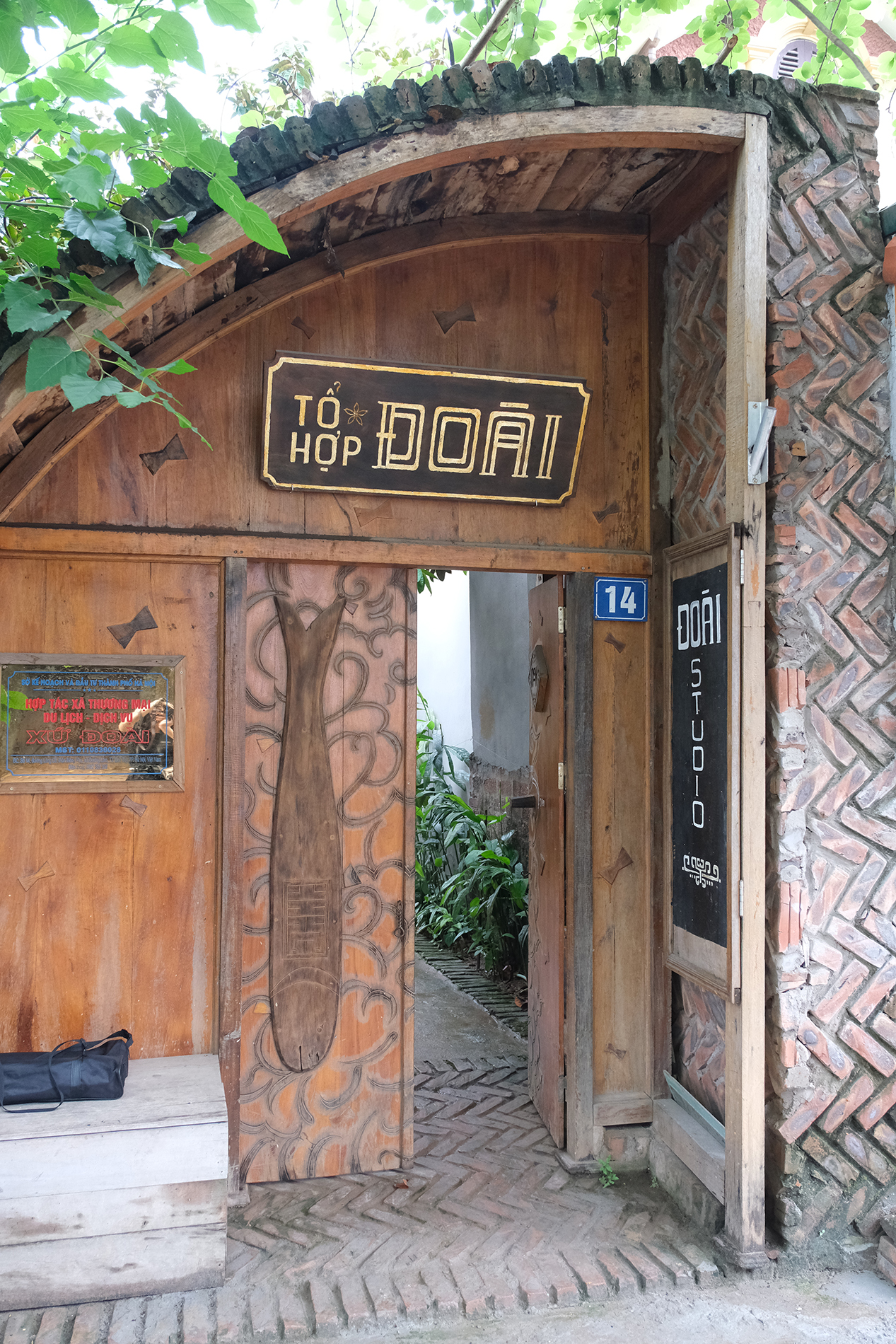


Lying against the legendary Tan Vien mountain, facing the red alluvial Red River, the ancient village of Duong Lam is surrounded by the "water quadrangle" of four rivers: Da River, Tich River, Day River and Red River. According to ancient feng shui, this land has the position of "sitting on the mountain and looking at the water", in addition to the undulating hilly terrain and sacred royal tombs. These are also the factors that the ancients often used to explain the legend of the land called "geo linh nhan gian", the birthplace of many heroes.
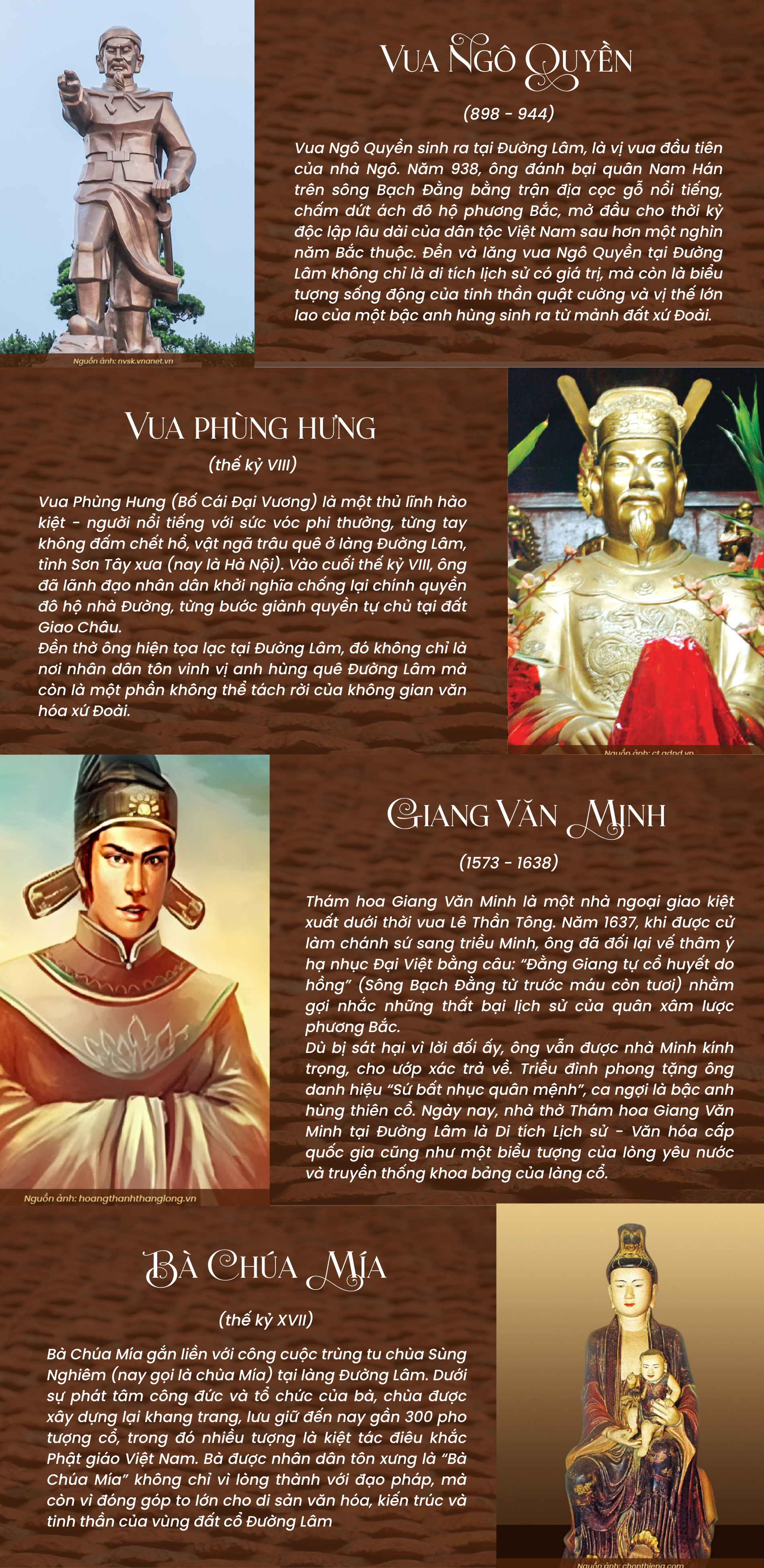
According to folklore, Duong Lam is the hometown of Mrs. Man Thien - the mother of the Trung Sisters, the first two heroines to raise the flag of uprising against the Northern domination. This land is also associated with the names of two famous kings in history: Bo Cai Dai Vuong Phung Hung (761-801), a man with extraordinary strength, once a fierce tiger, leading the people to rise up against the Tang army; and Tien Ngo Vuong - Ngo Quyen (898-944), who commanded the naval battle on the Bach Dang River, defeated the Southern Han army, opening a long period of independence for the nation after more than a thousand years of Chinese domination.
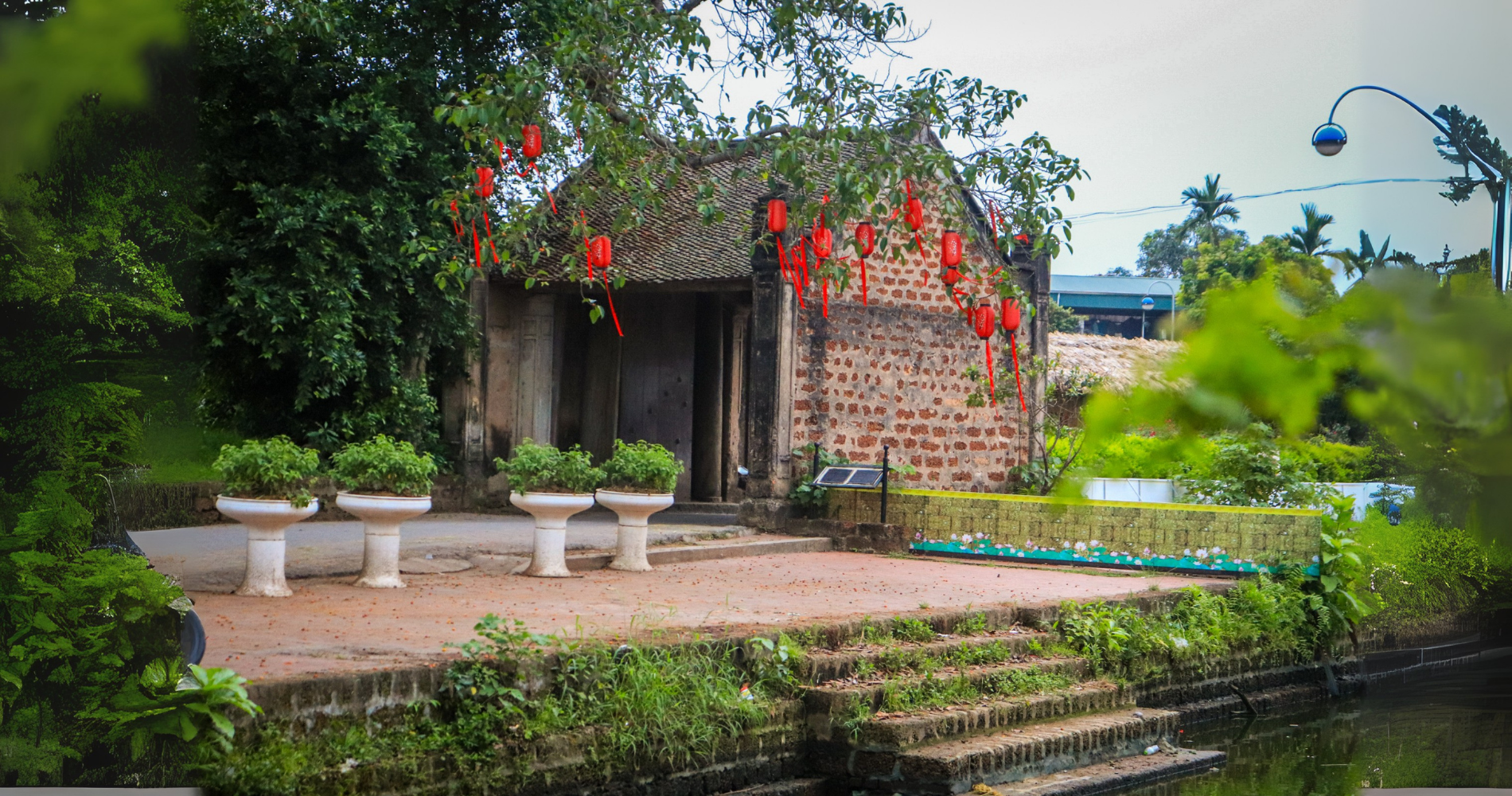
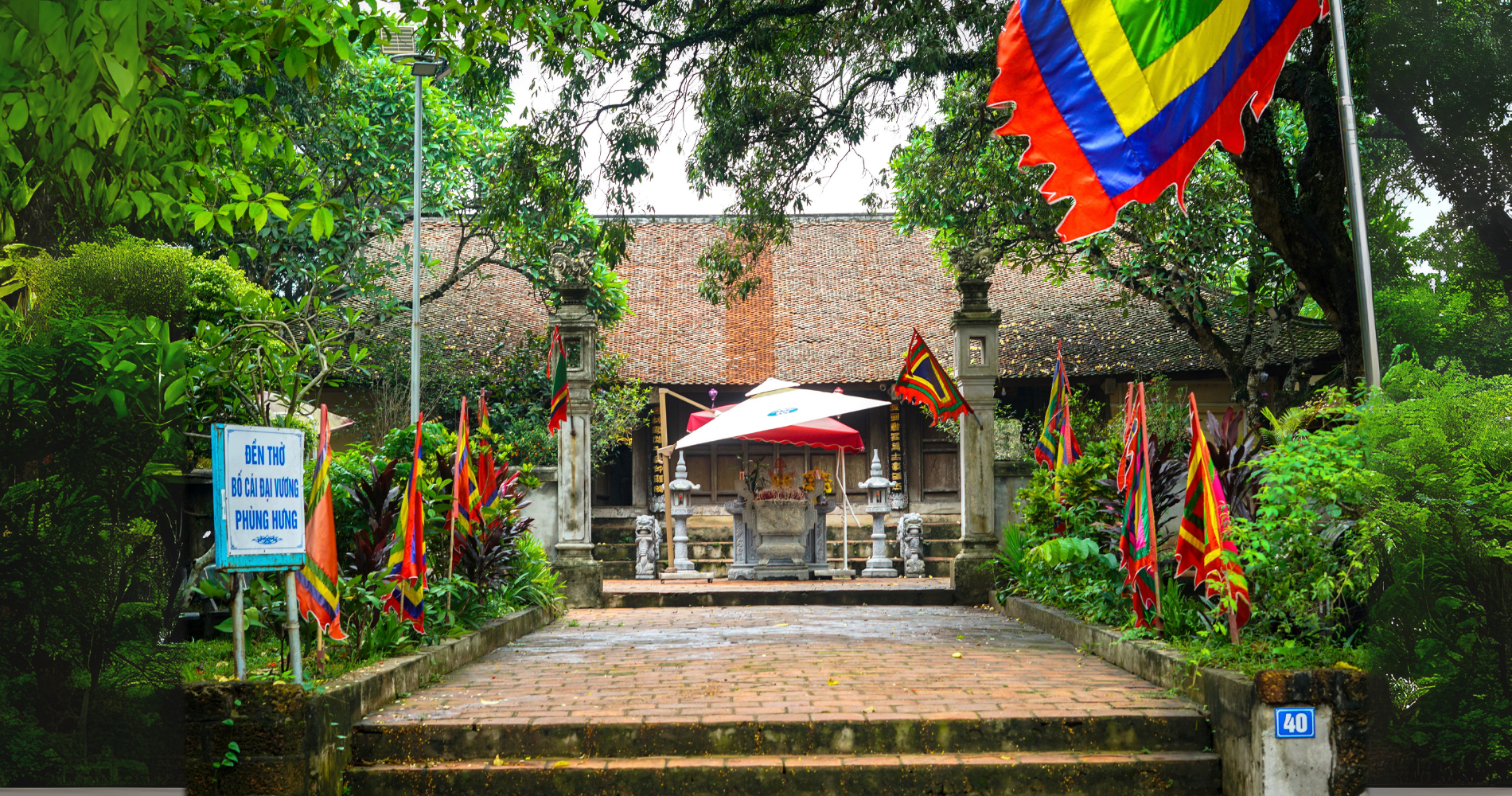
Today, the temples of the two kings Phung Hung and Ngo Quyen are still solemnly preserved by the people of Duong Lam as a symbol of national pride. Phung Hung Temple is located in the middle of Cam Lam village, with traditional architecture with curved tiled roofs, dragon and phoenix carvings on the roof ends, and an entrance shaded by ancient trees. Not far away, Ngo Quyen Temple is located on high ground, with its back leaning against the mountain and its face facing the Tich River - where his royal career began. The temple attracts many visitors from all over the world to burn incense and commemorate the founding father of the nation.
Duong Lam is also the hometown of many cultural celebrities, including the famous Tham Hoa and envoy Giang Van Minh (1573-1638) who was famous for his intelligence and spirit, and who once responded to the Ming emperor with a famous couplet: "Dang Giang tu co huyet do hong" (The Bach Dang River has always had red blood). At the same time, there was Lady Mia Nguyen Thi Ngoc Giao, the princess of Lord Trinh Trang, who built Mia Pagoda - a typical Buddhist work with more than 280 ancient statues that are still intact today.
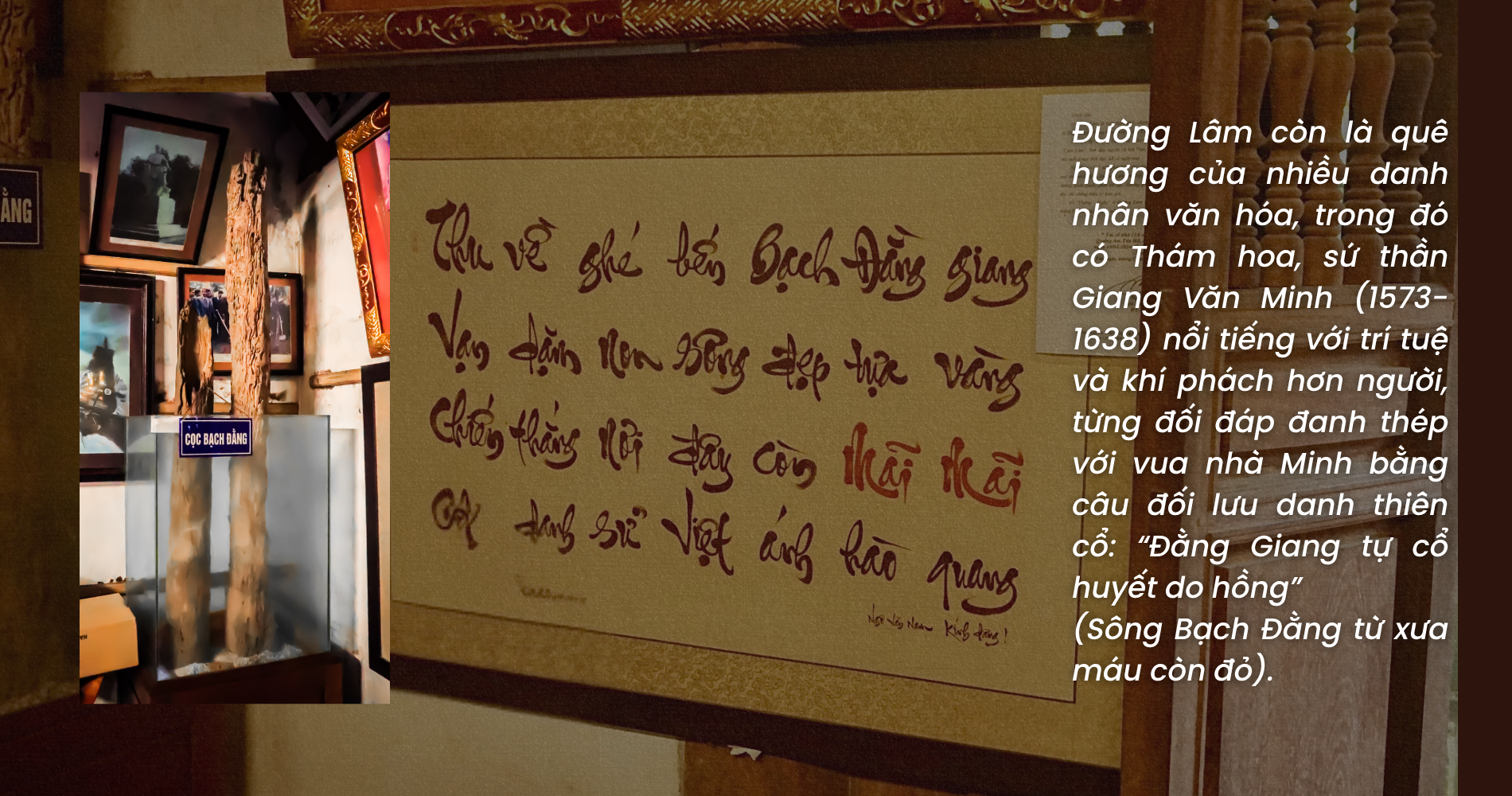
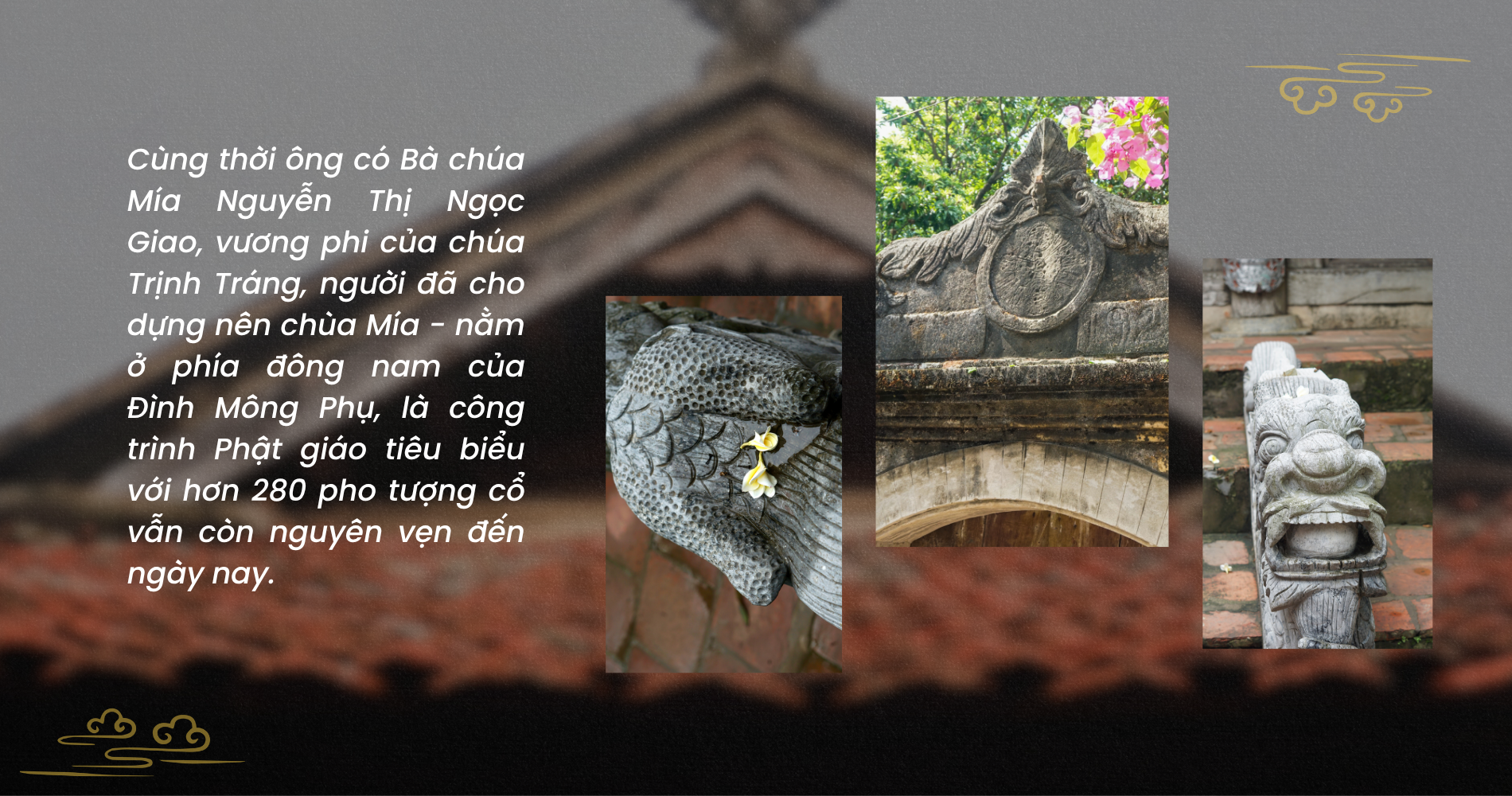

Not only is Duong Lam a land of "geomancy and talent", it also has special architectural value when it is considered a "living museum" of the Northern Delta countryside. On the same strip of land of less than 5 km², this ancient village of more than 1,000 years old still preserves intact a rich architectural ecosystem, harmoniously combining spiritual, religious and community elements: communal houses, temples, pagodas, shrines, guard posts, banyan trees, wells, communal house yards, village gates, wells, hills, ... and even a Catholic church - a vestige reflecting the cultural exchange between East and West right in the heart of an ancient Vietnamese village.

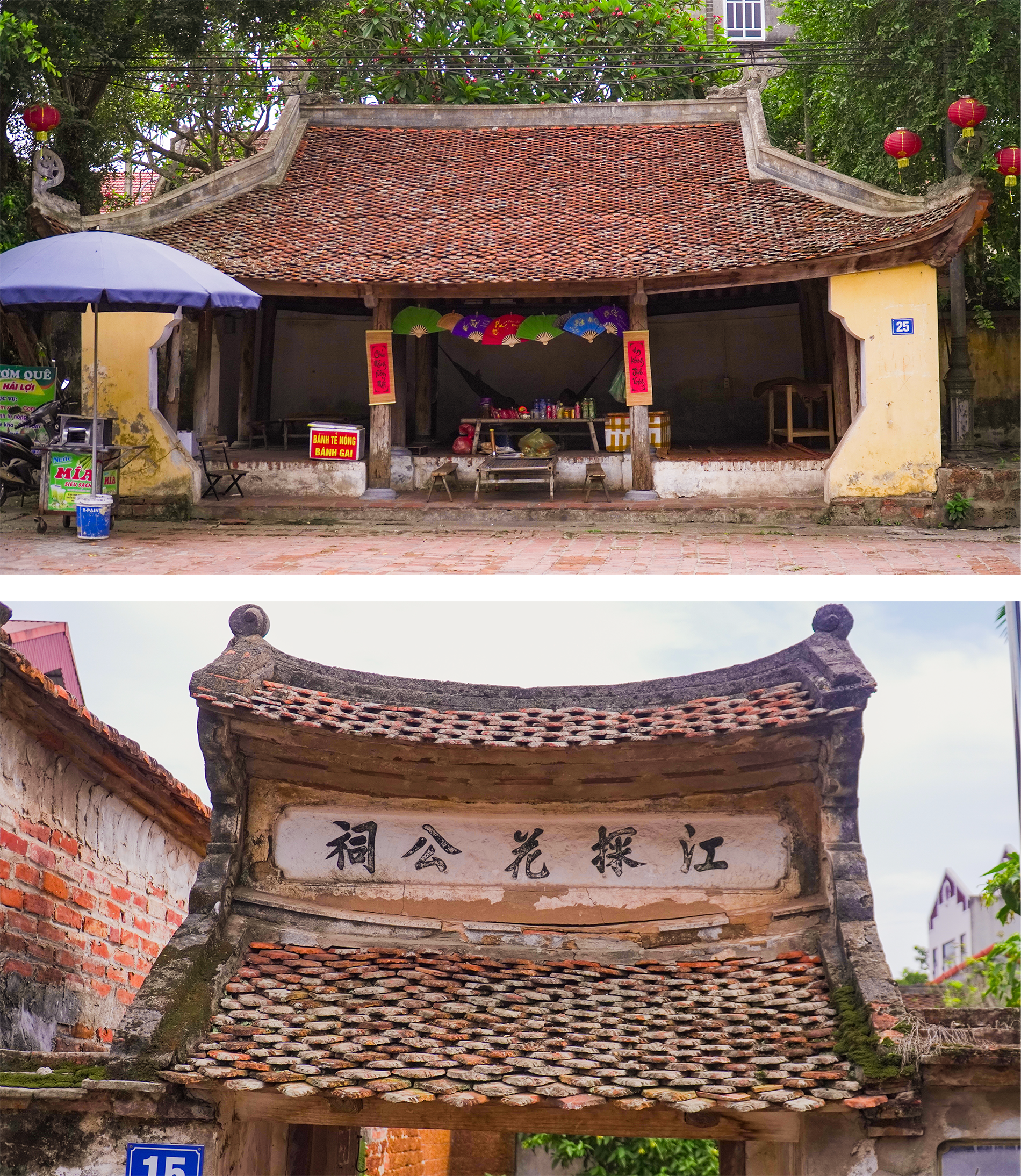

Duong Lam ancient village is considered a "living" heritage picture in the heart of Hanoi thanks to the process of continuous formation and development for 400 - 500 years, where the rhythm of life, traditional lifestyle and beautiful folk culture are still preserved and passed down by the people in a natural, rustic way like the breath of the village.
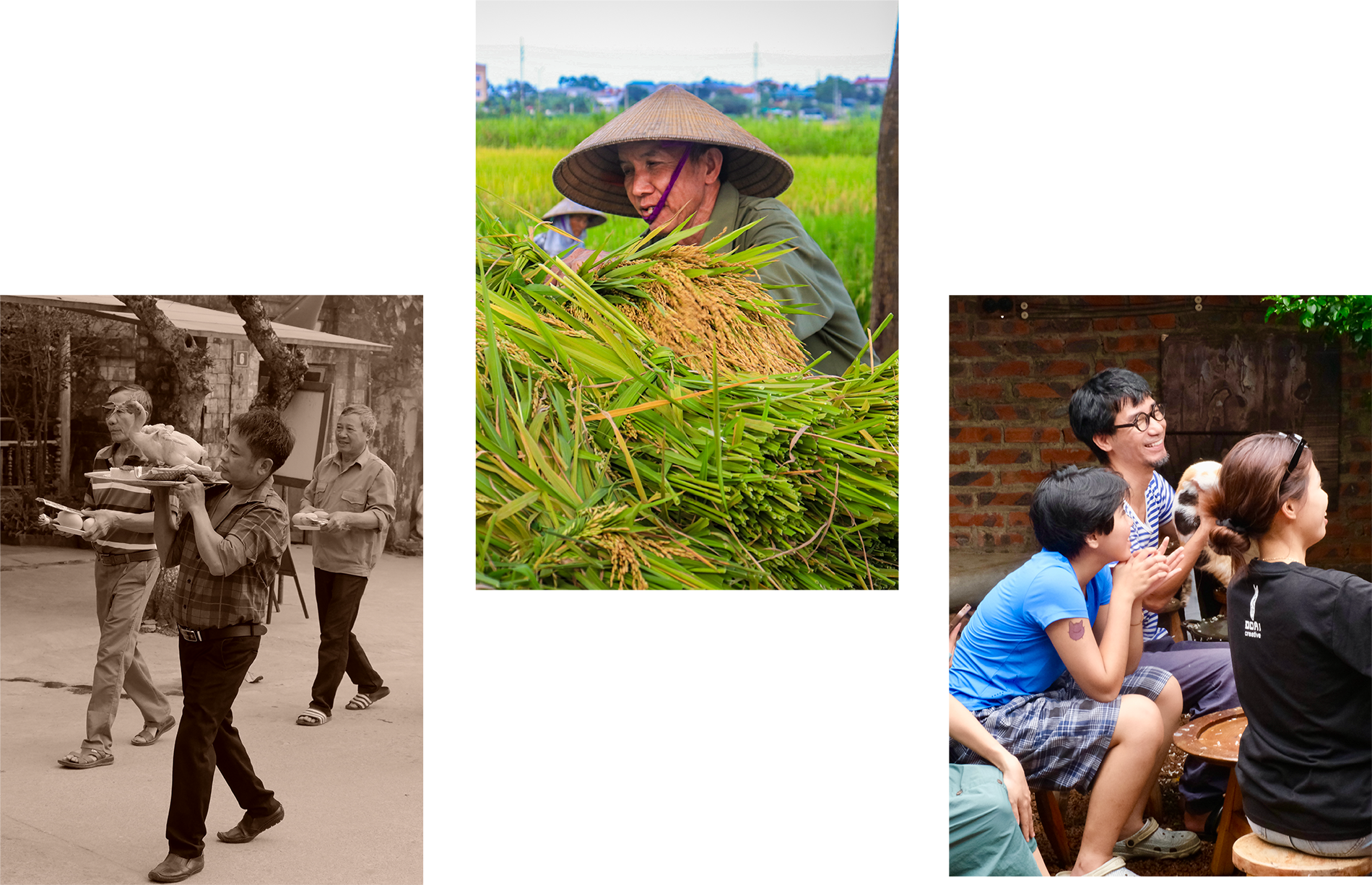

Duong Lam consists of 9 villages: Mong Phu, Dong Sang, Doai Giap, Cam Thinh, Cam Lam, Phung Khang, Ha Tan, Hung Thinh and Van Mieu. With about 956 ancient houses, Duong Lam is one of the very few ancient Vietnamese villages that still retains the intact structure of a traditional Northern midland village. Of which, Mong Phu village is considered the most beautiful and typical.
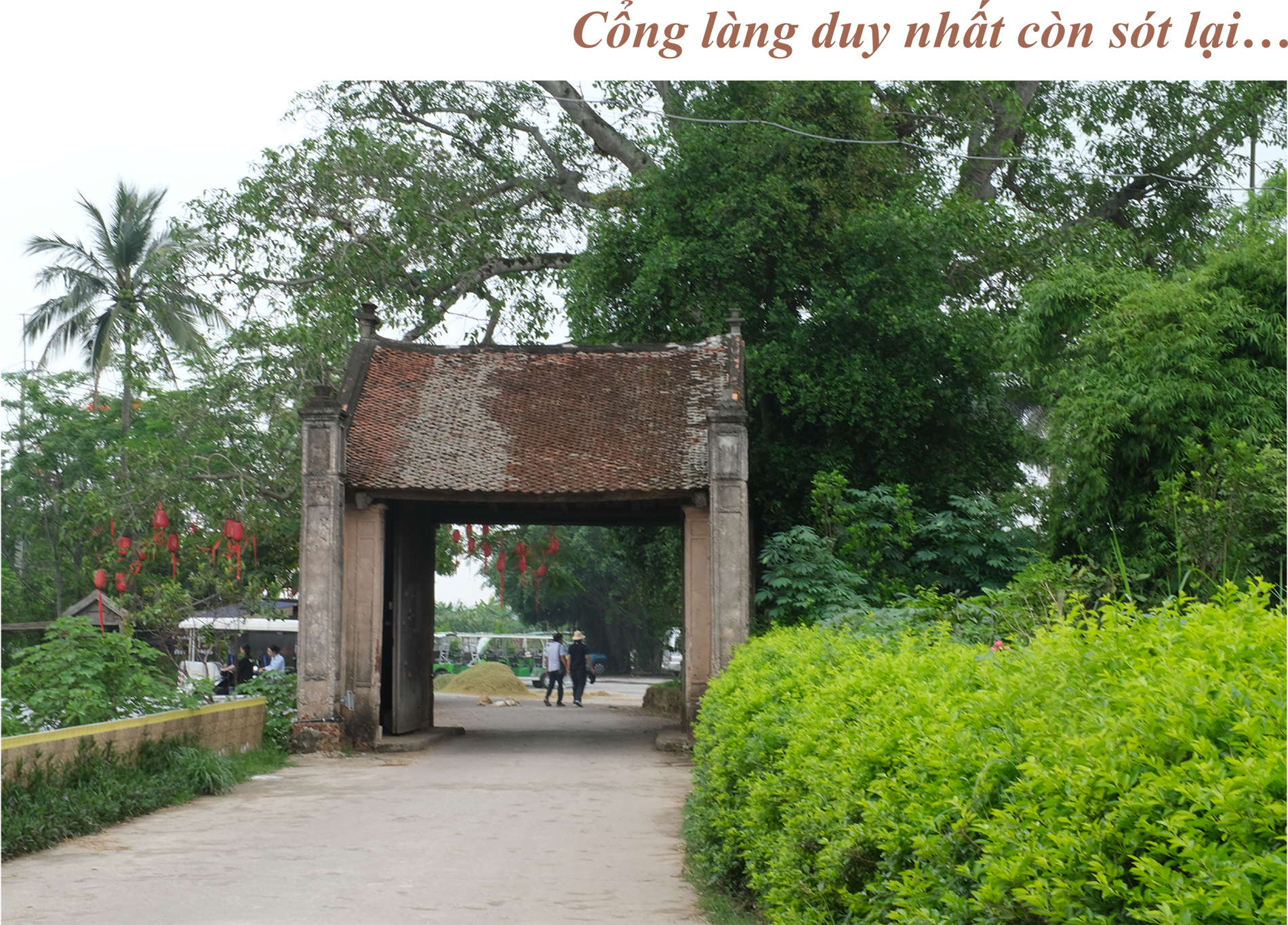
There are many entrances to Duong Lam, however the gate facing the Southeast, leaning to the West towards To Mountain (Tan Vien Mountain) located in Mong Phu village, is the only ancient gate remaining today.
This place welcomes visitors from all over with a village gate that resembles the familiar roofs of rural houses, in the style of "upper house, lower gate". Mong Phu village gate is covered in the brown color of mossy tiled roofs, ancient laterite walls and dark wooden frames, in front are fields and lotus ponds with fragrant scents,... opening up a picture imbued with the soul of the countryside of the Northern Delta, and containing a very unique nostalgic flavor of the land of Xu Doai. There are many entrances to Duong Lam, however, the gate facing the Southeast, leaning to the West towards To Mountain (Tan Vien Mountain) located in Mong Phu village, is the only ancient gate remaining today.
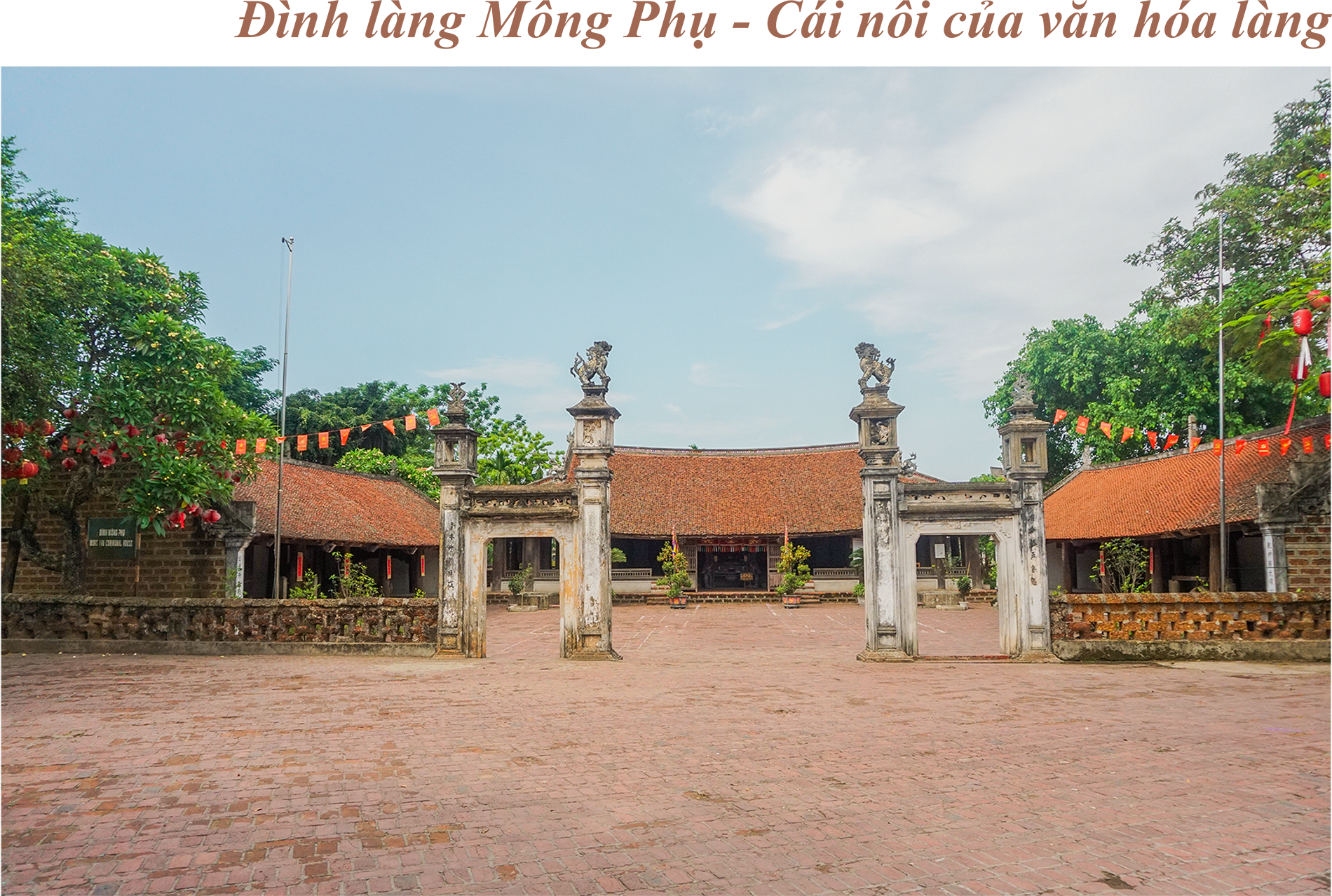
Located in the center of the village, Mong Phu communal house is a typical communal house of the traditional architecture of the ancient Northern Delta. The communal house is the place to worship Tan Vien Son Thanh - the leader of the four immortals of the Vietnamese people and the village's tutelary god.
What is special is that the road to the village must pass through six small alleys to reach the communal house, and from the center of the communal house, those six alleys spread out in all directions like blooming flower petals, spreading out paths leading to every corner of the village.
According to the elders, Mong Phu Communal House is located on the dragon's head and the two wells on both sides are likened to two dragon eyes. The communal house yard is dug lower than the surrounding ground level, when it rains, water from three sides rushes in, then drains out through two small drains running along the sides like two dragon whiskers. Among them, Sui hamlet is one of the oldest hamlets, likened to "female dragon's whiskers" - where residents have gathered densely for generations, preserving a lifestyle full of village love and neighborliness until today.
This is the busiest area of the village, when all community activities take place in the communal house yard. The communal house has no surrounding walls, just rows of wooden railings extending into the common space, creating an open connection, convenient for collective activities such as village meetings, festivals, Cheo singing, palanquin processions or organizing traditional rituals,...
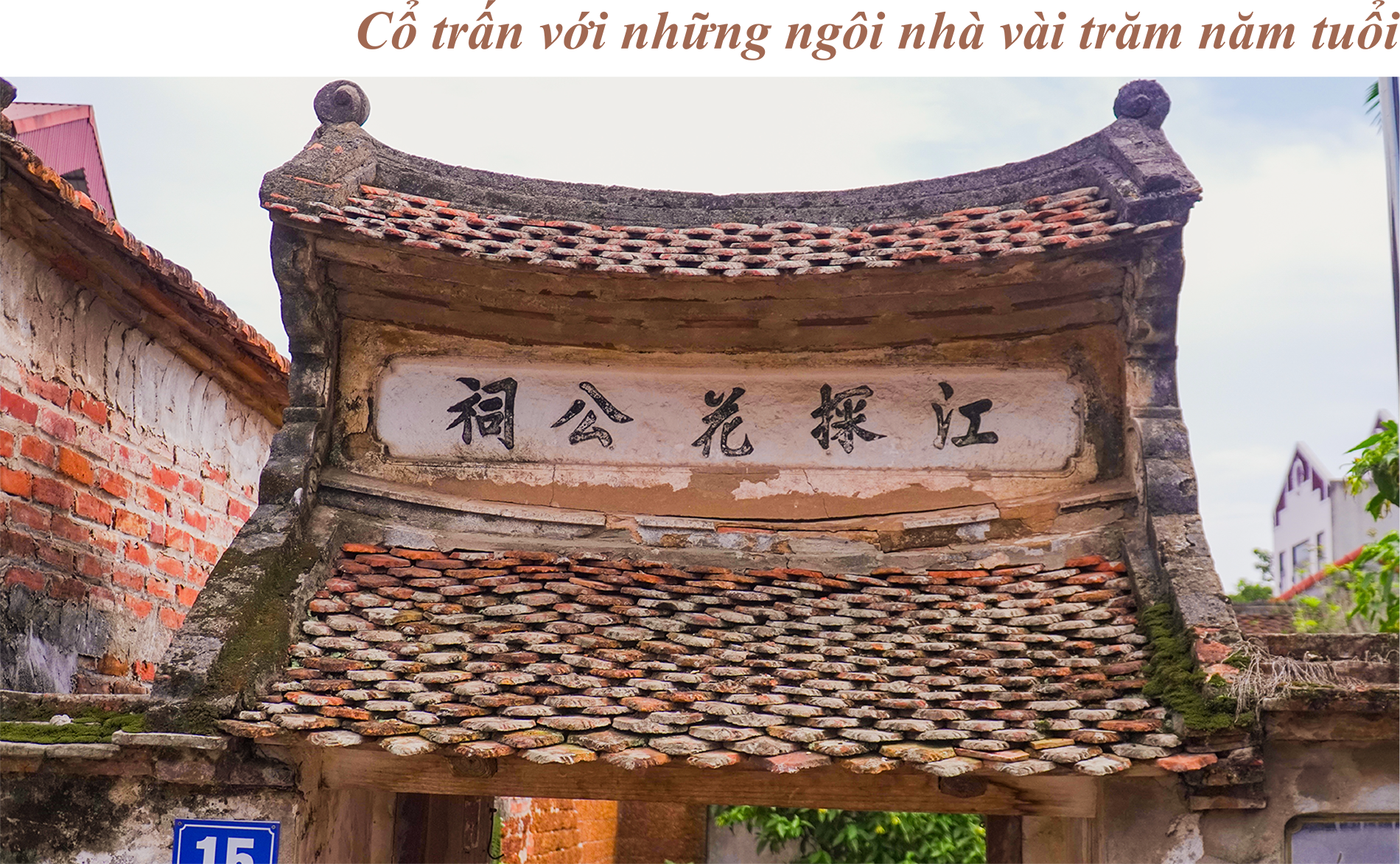
Over the centuries, Duong Lam ancient village has almost completely preserved its traditional architectural appearance with 956 ancient houses, many of which have existed for nearly 400 years. Typical are the houses of Mr. Nguyen Van Hung (built in 1649 with 12 generations living there), Mr. Ha Huu The, Mr. Ha Nguyen Huyen... These are familiar attractions for tourists who want to visit and learn about the architecture and culture of the ancient village.

Most of the ancient houses in Duong Lam are built of laterite - a typical stone of the Doai region, with a rustic reddish brown color, durable over time. In addition, some other materials such as bamboo, rammed earth bricks, rammed earth, rice husks, mud, sawdust, lime, sand, slag, and straw are also commonly used as materials. The houses are often built in the "first" style (five rooms and two wings), with a structure of xoan wood, jackfruit wood or four-iron wood in wealthy families. Some ancient houses still retain the "first" style, which is four houses surrounding a common yard, creating a closed, cozy and connected space.
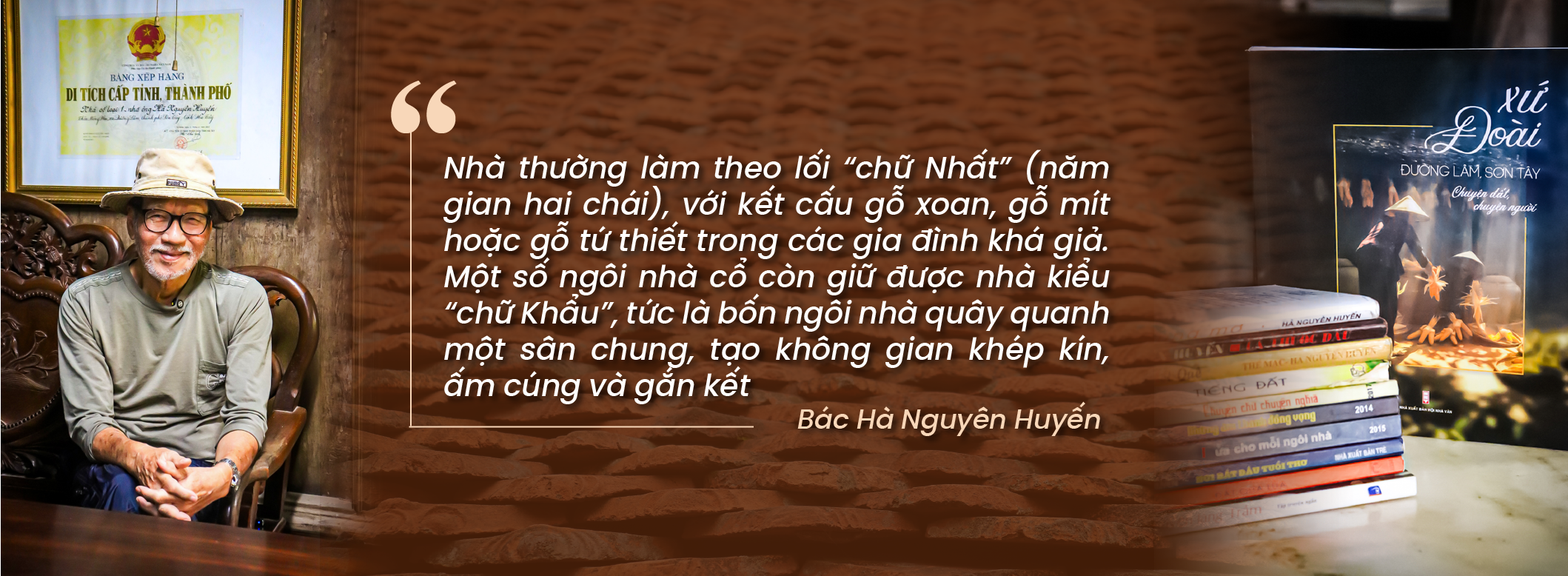
Walking through the mossy tiled roofs and ancient porches, visitors seem to relive the space of an ancient Vietnamese village, as if lost in a moment of time settling on each brick, stone slab, each hedge of duoi trees, rows of areca trees... with a hint of nostalgia and indescribable wistfulness.
The ancient town is peaceful and quiet, sometimes making us mistakenly think it has fallen asleep...

In September 2019, the Hanoi People's Committee issued Decision No. 4851/QD-UBND, officially recognizing Duong Lam ancient village as a city-level tourist destination. This is considered an important milestone in the journey to awaken the potential of the "living heritage" in the heart of the Doai region, aiming to promote unique and experiential cultural tourism for both domestic and foreign tourists.

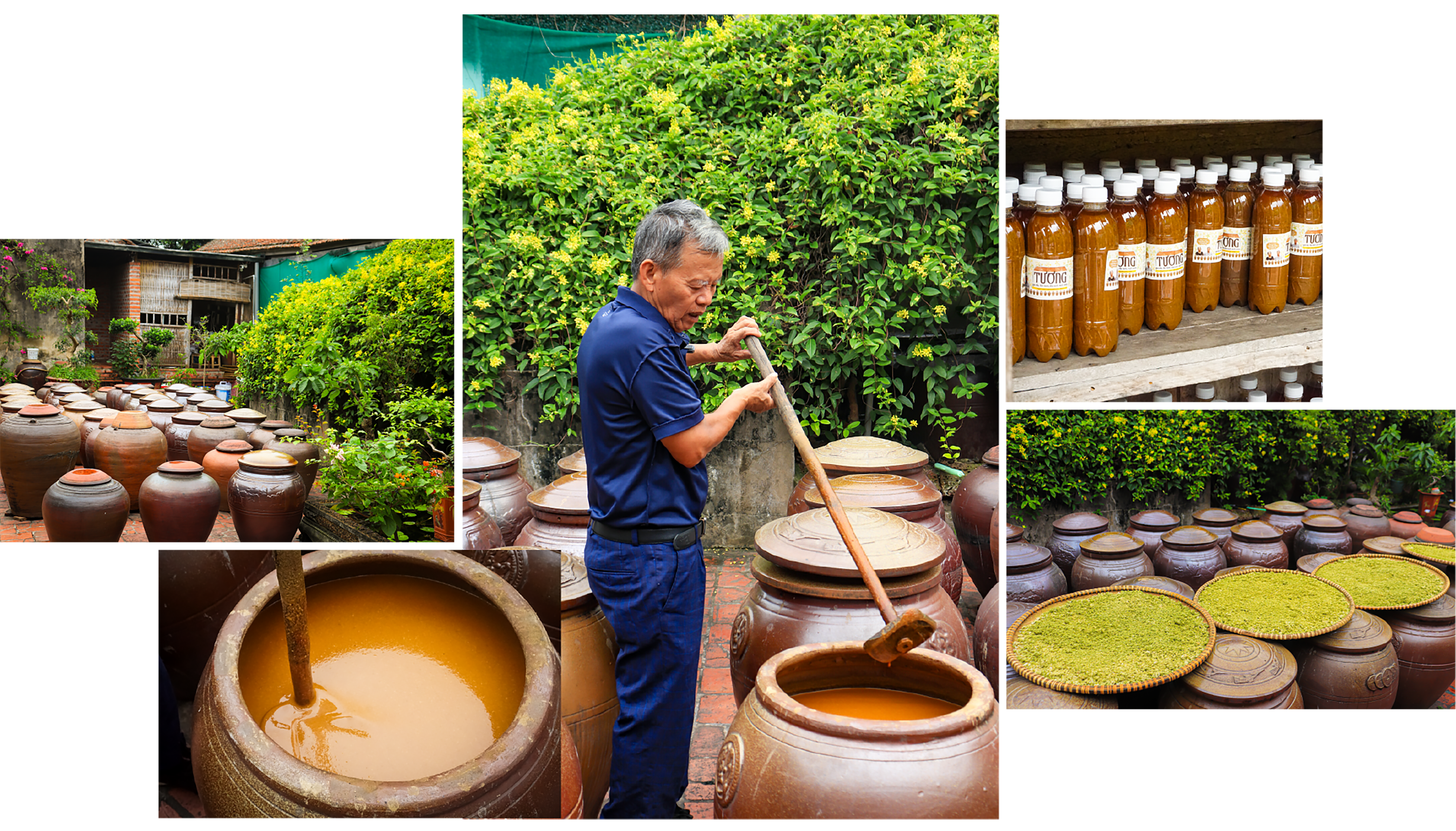
The journey to explore Duong Lam would not be complete without the unique “ culinary map” - where traditional dishes have kept many tourists enjoying local cuisine. That is the smooth, rich flavor of Mong Phu sticky rice sauce, bearing the typical mark of the countryside of Xu Doai; the sweet, chewy meat of the famous sugarcane chicken; the crispy, fragrant skin of the elaborate roast pork dish; or the sweet taste of Lam tea, a little fatty from traditional fried pudding candy, peanut candy, bee con che, and kho che… All are made from familiar, rustic products of the countryside, through the skillful hands of local people.
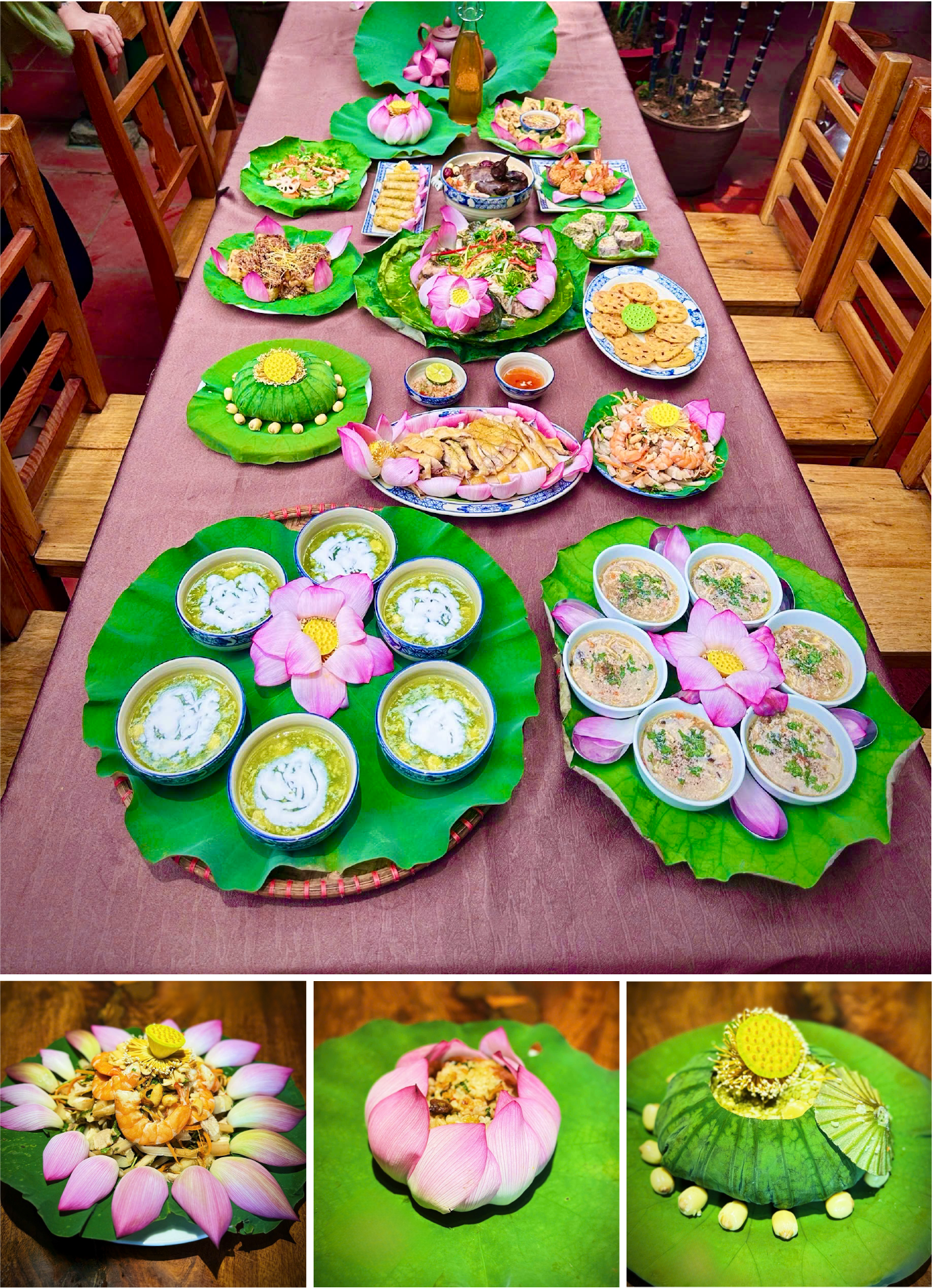
Cuisine is the shortest way to touch the culture of a land. If you want to fully experience the culinary culture of Duong Lam, visitors should not miss the "lotus tray" - a unique tray only available on summer days, when lotus is at its most beautiful.
Inspired by the vast lotus ponds surrounding the village, the "lotus feast" is a delicate symphony elaborately prepared from every part of the lotus plant, creating a traditional feast that is both delicious and pleasing to the eye. The scent of lotus permeates every dish: from sweet and crispy lotus root salad, braised crucian carp served with young lotus leaves, light lotus root soup, fragrant steamed rice in lotus leaves, to refreshing lotus and longan sweet soup. The delicate arrangement of the "lotus feast" not only satisfies the taste buds but also pleases the eyes, opening up a unique experience for the cuisine of the Doai region.

Traditional festivals in Duong Lam are a great opportunity to witness and immerse yourself in ancient rituals, with colorful folk games. A typical example is the Mong Phu Village Festival (8th of the first lunar month), where solemn palanquin processions, vibrant lion dances, wrestling, cockfighting, and Cheo singing take place... These activities not only demonstrate the beliefs and community spirit of the people, but also bring a joyful, bustling atmosphere, helping visitors feel more clearly the soul of a Northern village.
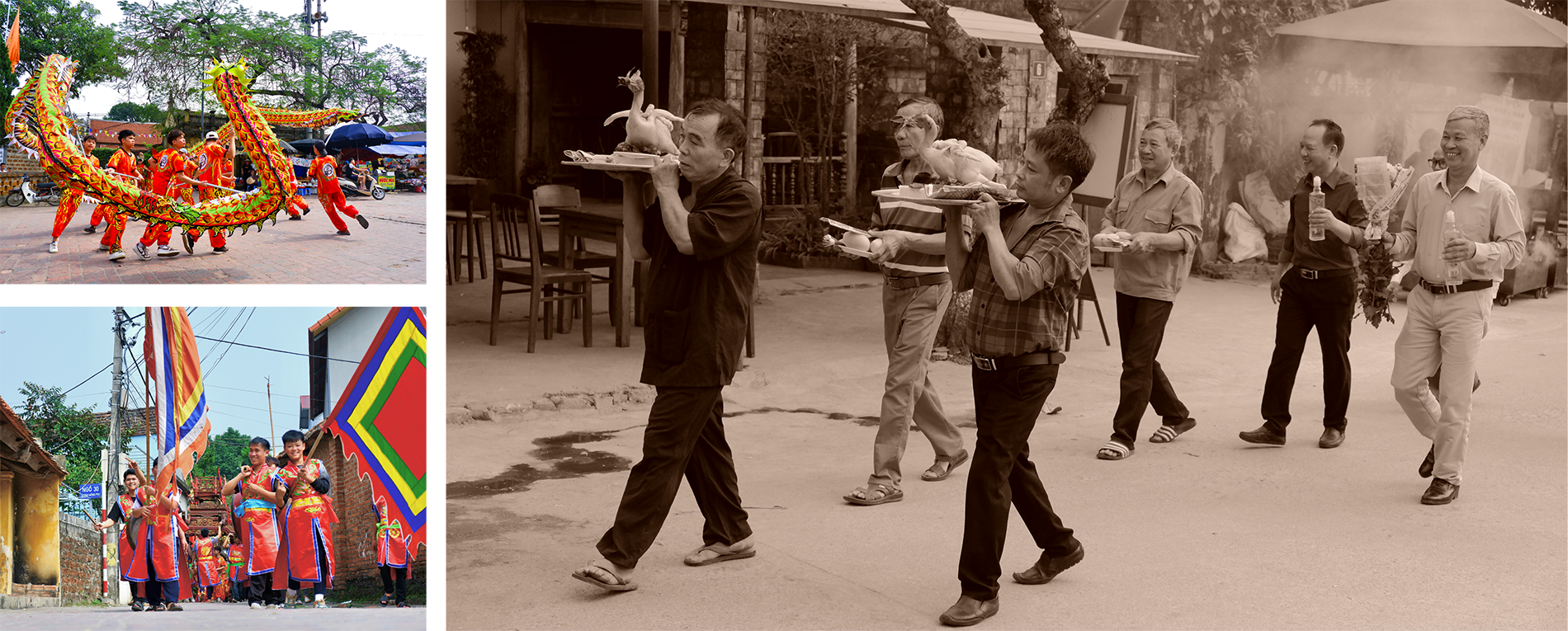
In addition, visitors also have the opportunity to participate in cultural experience programs such as lacquer painting classes with traditional materials at Phat Studio by Artisan Nguyen Tan Phat; or immerse themselves in creative craft activities at Doai Complex - where visitors can try their hand at pottery making, hand-dyeing fabrics, carving patterns on ancient bricks and participating in art workshops imbued with the cultural imprint of the craft village. These experiences not only open up opportunities to explore the culture of the ancient village, but also help connect more deeply with the heritage and people of Duong Lam.

Born in his hometown of Xu Doai and raised in a family with a tradition of fine arts, artist Nguyen Tan Phat had the opportunity to develop a passion for painting early on. The ancient architecture of communal houses and pagodas in Duong Lam not only nurtured his folk art spirit, but also became an endless source of inspiration for many of his unique lacquer sculptures.
For more than two decades, artisan Phat has been tirelessly researching and applying local materials such as eggshells, coconut shells, laterite, and jackfruit wood to create unique lacquer works. Each product is not simply a work of art, but also encapsulates the image of the homeland and Vietnamese culture.

Mr. Nguyen Tan Phat is known as the owner of many prestigious awards. Typically, he won the First Prize of the Hanoi Handicraft Design Competition (2014, 2019) and the Highest Prize of the Vietnam Handicraft Design Competition (2020) with the work "Vietnamese Village Flower Buffalo". Notably, in 2017, he was honored to be one of the youngest artisans to be awarded the title "Hanoi Artisan" by the Hanoi People's Committee at the age of 34.
In addition, the initiative of turning straw into folk toys by the native son Nguyen Tan Phat also breathed new life into the cultural space of the ancient village. From the straw strands that were thought to be discarded after each harvest, he created vivid straw puppets such as buffaloes, horses, birds, etc., turning them into attractive folk games for children, while contributing to creating attraction for local tourism.

Architect Khuat Van Thang's idea of restoring ancient houses and his desire to develop Duong Lam's tourism potential originated from a chance visit here in 2009. Mr. Thang said that it was a pity for Duong Lam that although it had become a National Historical - Cultural Relic since 2005, it was not until 2019 that this place was recognized as a city-level tourist destination.
"With the love of art of an artist, as well as special emotions about a peaceful and culturally valuable Duong Lam, I decided to stay long-term and wanted to do something for this place," Mr. Thang shared.
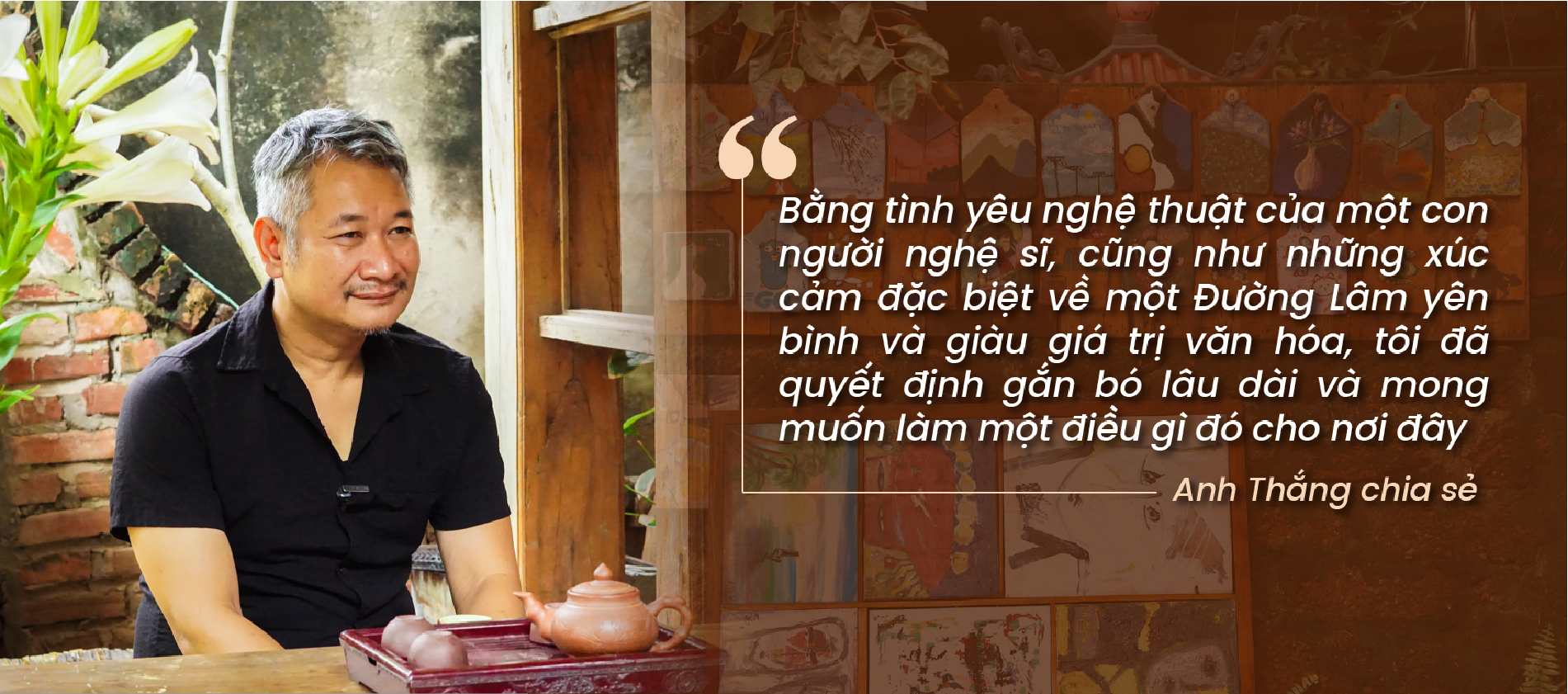
Therefore, in April 2023, Doai Creative - a creative space founded by architect Khuat Van Thang was born with the mission of reviving and developing traditional values in Duong Lam through the language of art and creativity. After that, the pieces of the Doai Complex gradually became complete with the establishment of Doai Community and Doai Studio, creating an overall architectural space full of poetry and rich in cultural values, attracting many visitors every year.
Mr. Khuat Van Thang also cherishes many plans to develop cultural values, focusing on the project to preserve and develop the story of Cam Lam tea. Cam Lam tea is a precious tea that grows naturally on Cam Lam land - the homeland of Bo Cai Dai Vuong Phung Hung and Ngo Quyen, famous for its unique flavor. This type of tea was once widely known through folk word of mouth "He well water and Cam Lam tea". However, currently, Cam Lam tea is facing the risk of being lost due to low economic efficiency.
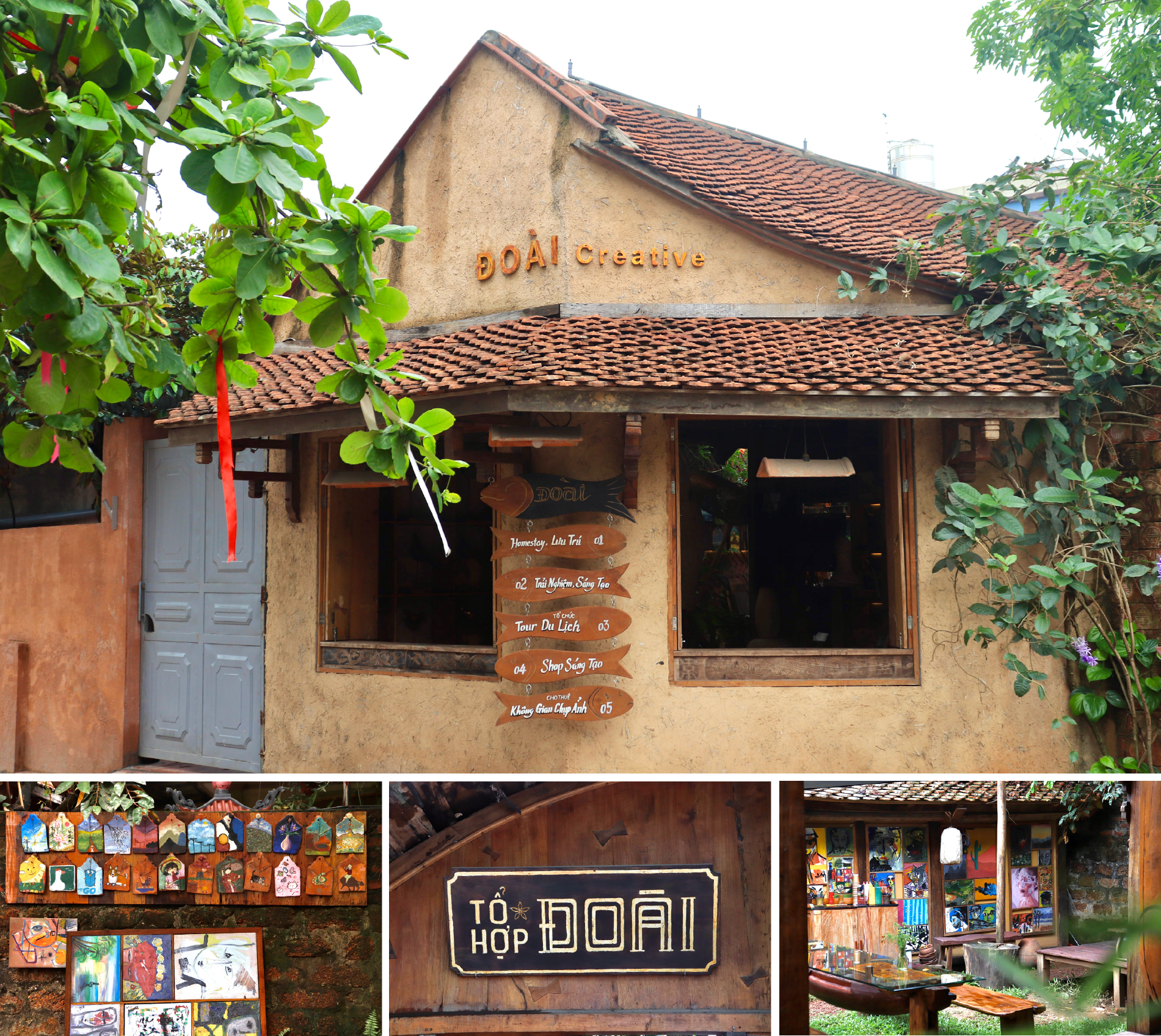
"If we can turn Cam Lam tea products into tourist gifts, or incorporate them into the ancient village's culinary dishes such as banh che, it would be great," Mr. Thang excitedly shared. In addition, combining experiential tourism through cultural stories associated with Cam Lam tea trees also contributes to enriching the cultural heritage of this place.
Duong Lam ancient village is considered a rough gem, partly because of the many valuable potentials of this land that have not been revealed. But it is also a gentle reminder to visitors: Duong Lam is not a land for hasty moments, the key to discovering the beauty and cultural depth here is a relaxed and deep soul to feel, to love.
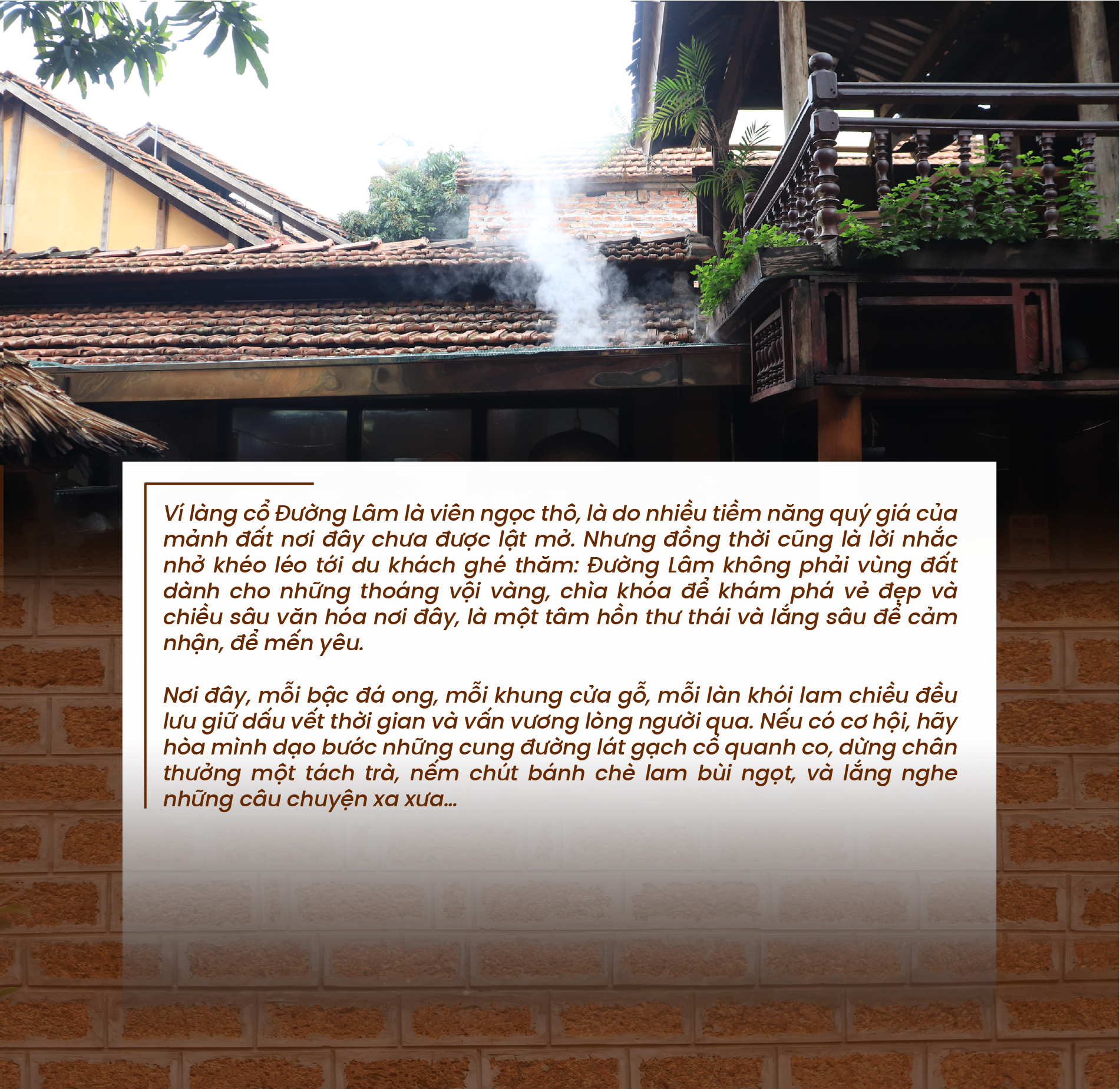
Here, every laterite step, every wooden door frame, every wisp of afternoon smoke preserves the traces of time and lingers in the hearts of passersby. If you have the chance, immerse yourself in the winding ancient brick paths, stop to enjoy a cup of tea, taste some sweet and delicious Che Lam cakes, and listen to ancient stories…
Currently, Son Tay town is developing the Project "Investing in restoration, conservation and promotion of the value of the ancient village relic in Duong Lam, Son Tay town, period 2024 - 2030, orientation to 2035". In addition, the work of preparing a dossier to propose the ranking of the ancient village in Duong Lam as a special national relic, aiming to be recognized by UNESCO as a World Cultural Heritage, is also one of the key goals of Duong Lam ancient village.
Content: Nguyet Anh, Bich Nhan
Video editing: Phuong Thao, Huyen Trang
Design: Thao Vy, Linh Chi, Dieu Huong
Performed by: Dong Toan
Thursday, 08:00, 03/07/2025
Source: https://vov.vn/emagazine/lang-co-duong-lam-vien-ngoc-tho-xu-doai-voi-tiem-nang-danh-thuc-di-san-thu-do-1211135.vov


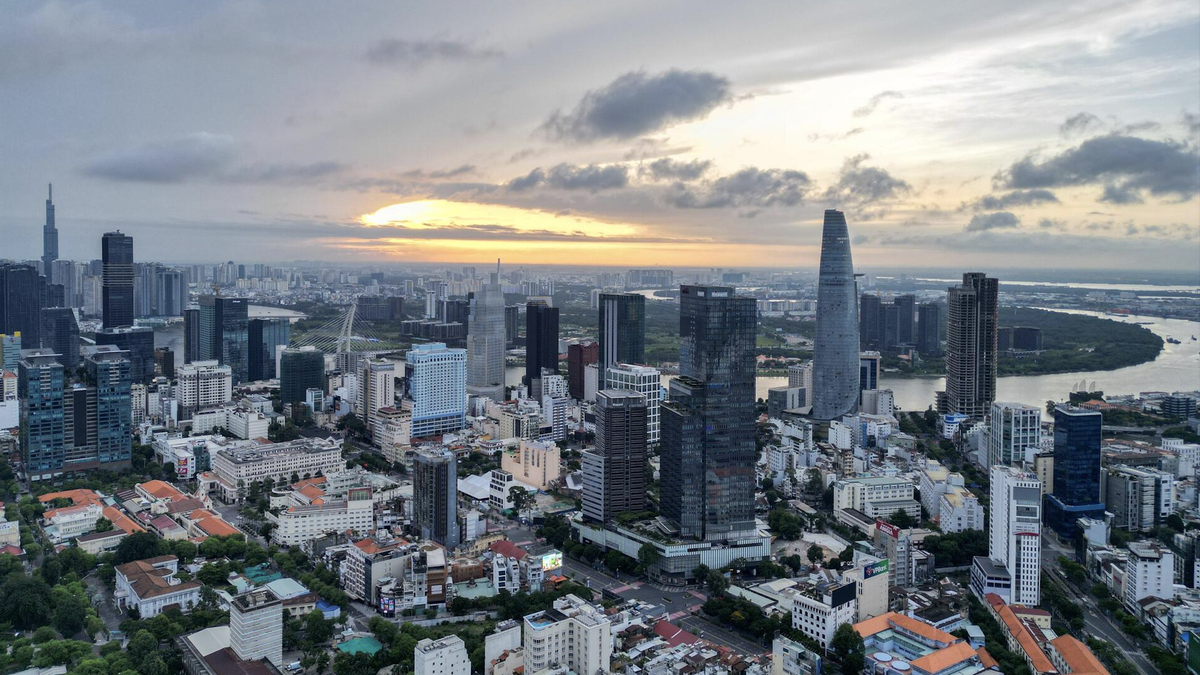


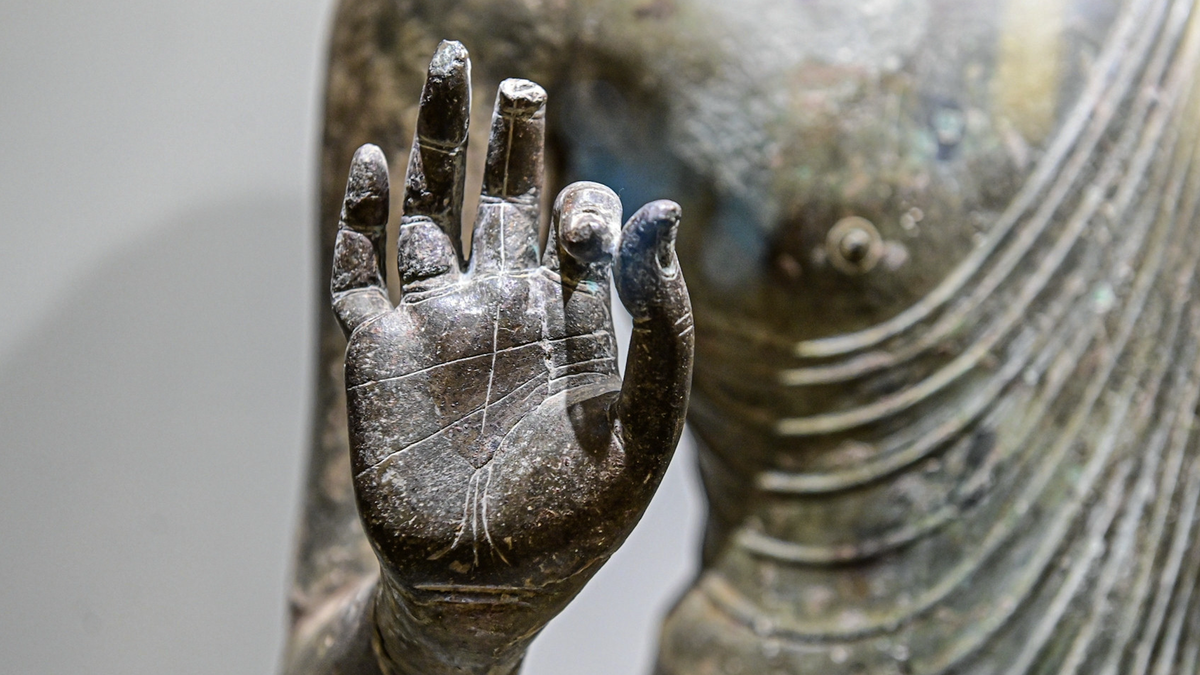
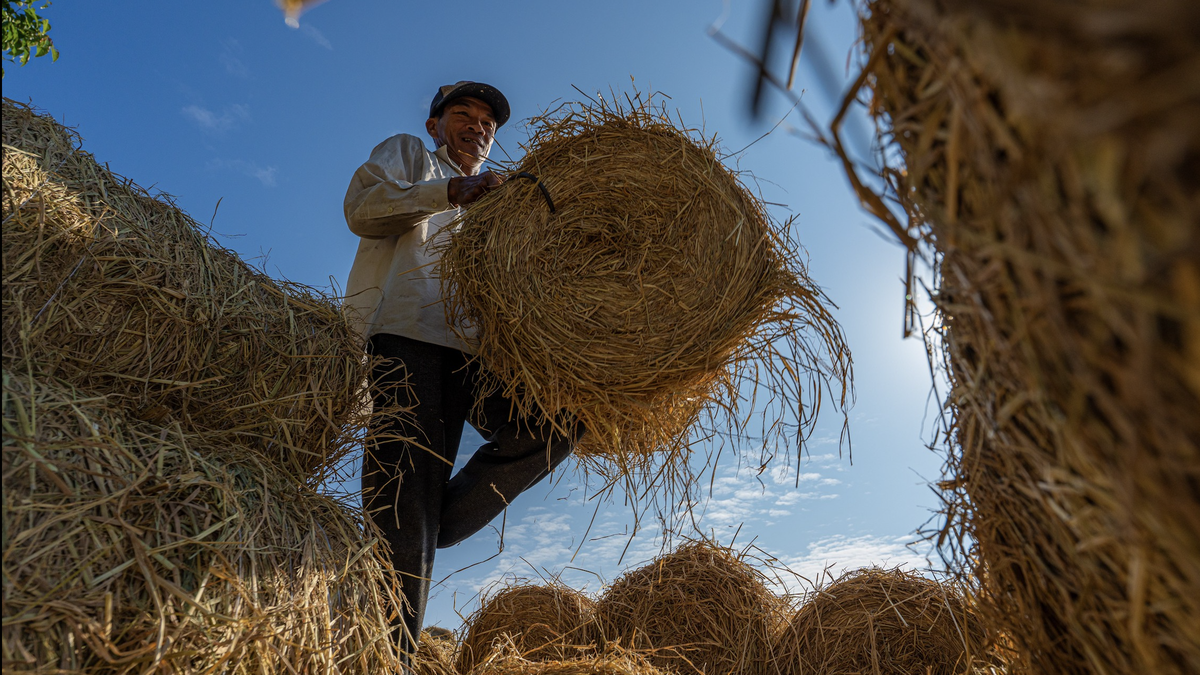
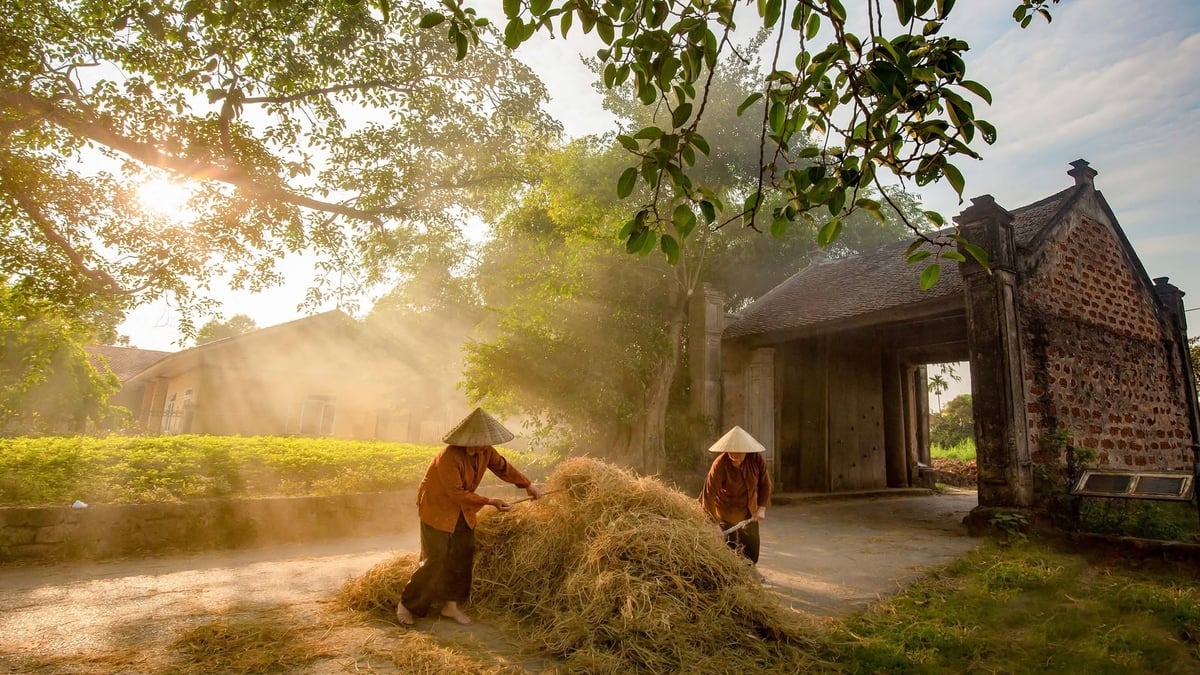
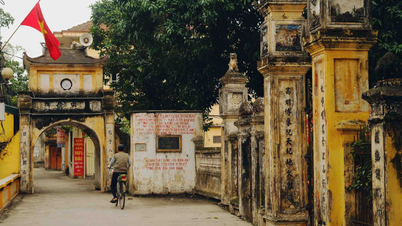



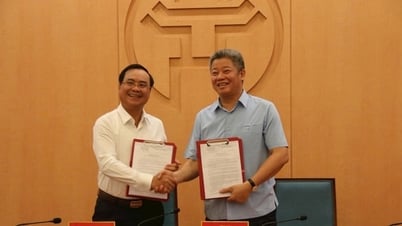



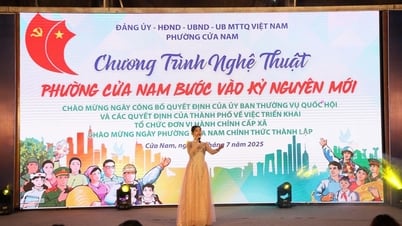

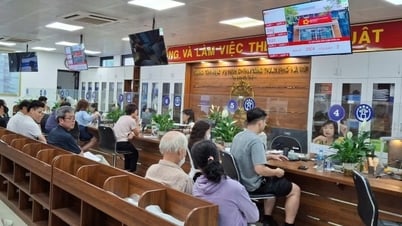



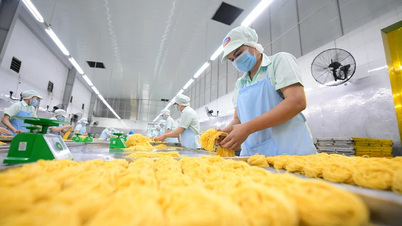



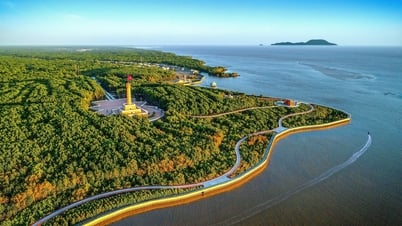

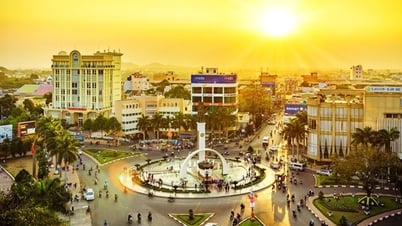






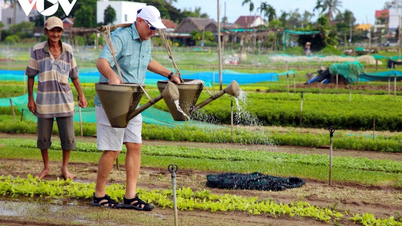
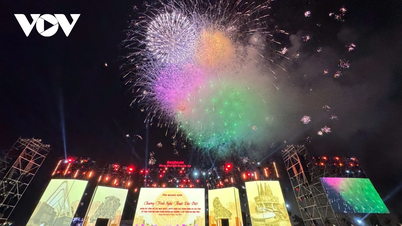


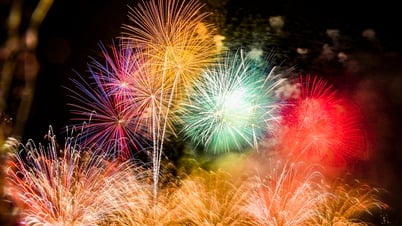


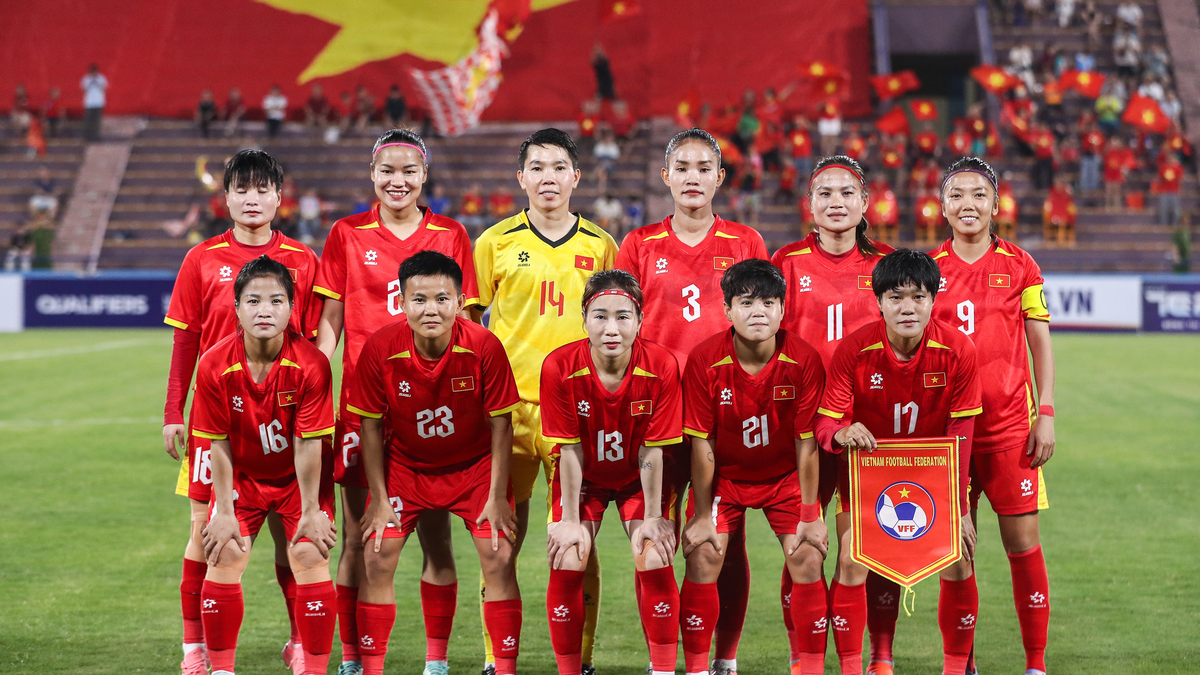




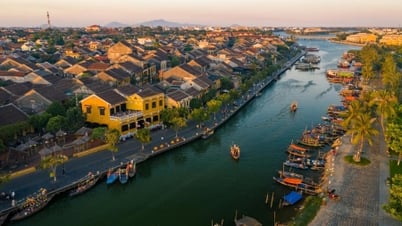
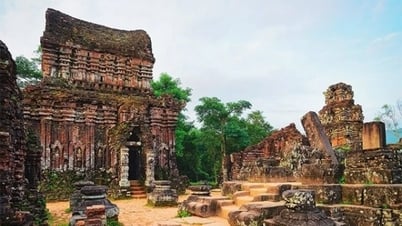
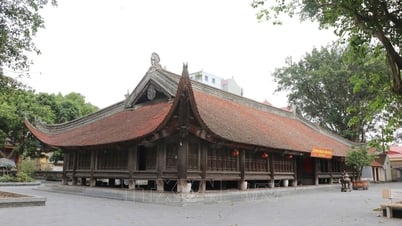


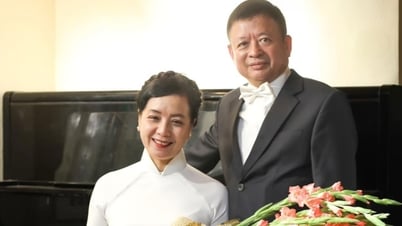

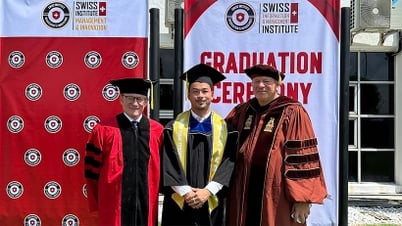












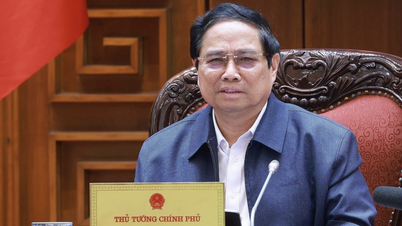


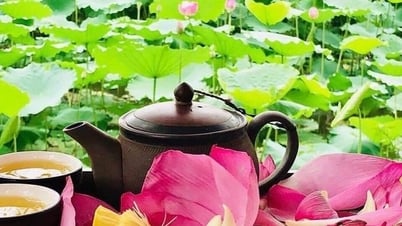





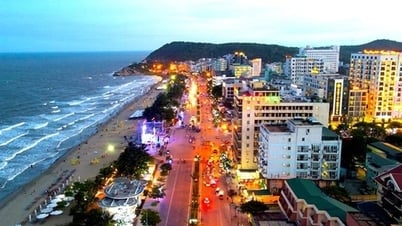








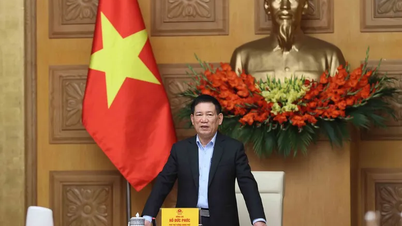
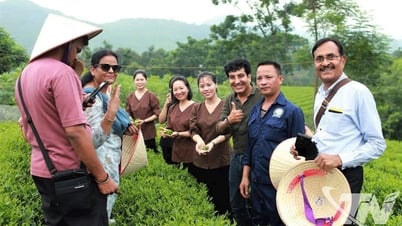



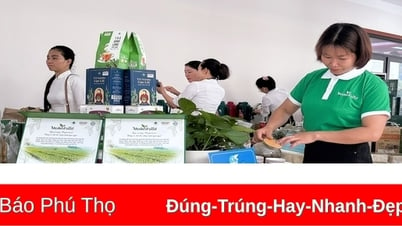

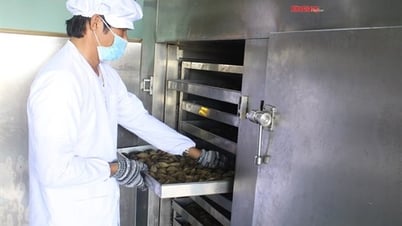

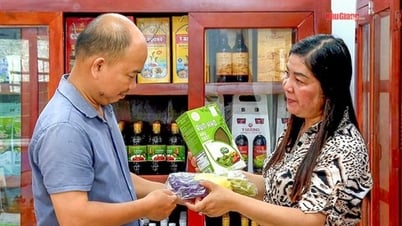
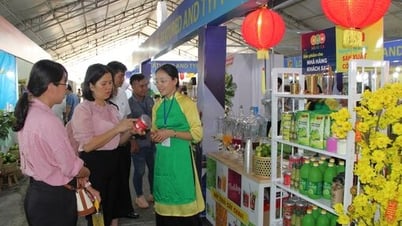





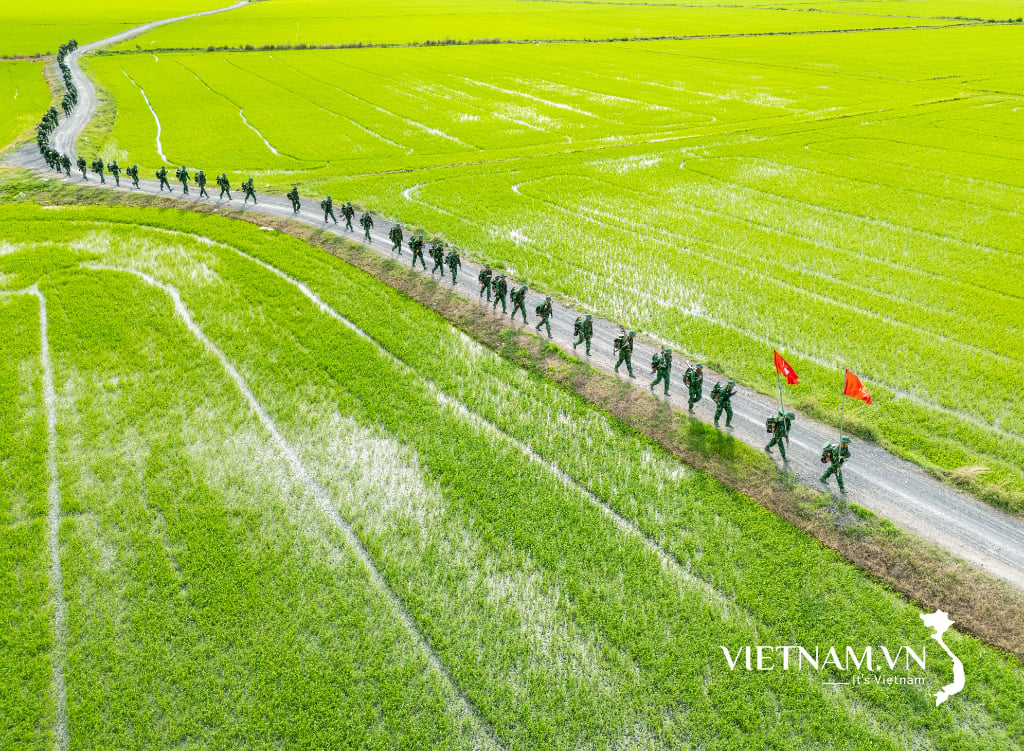
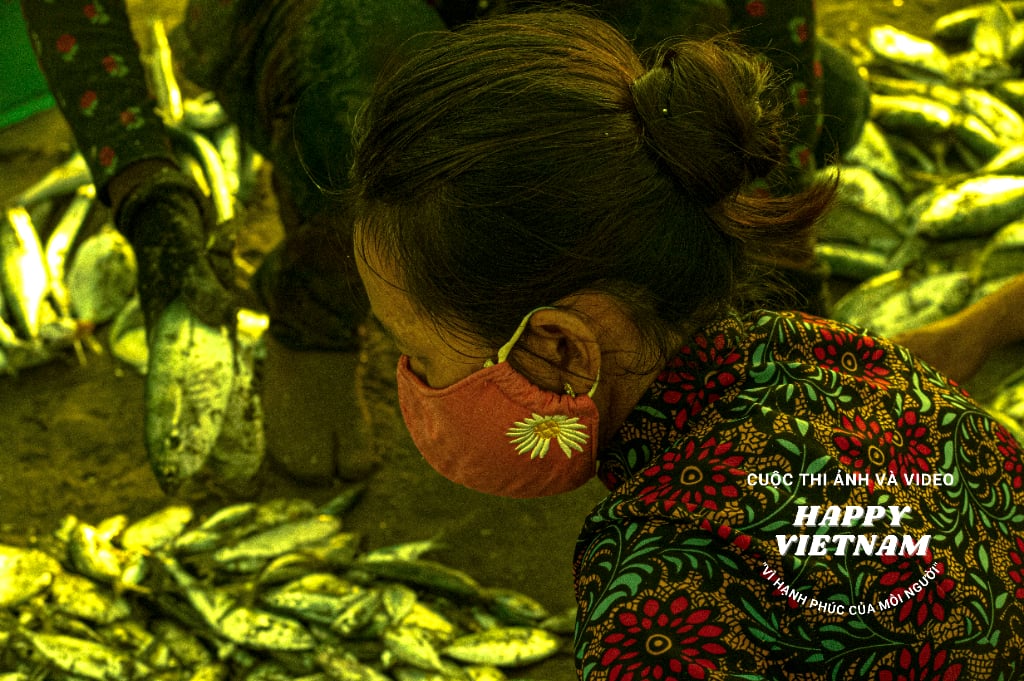
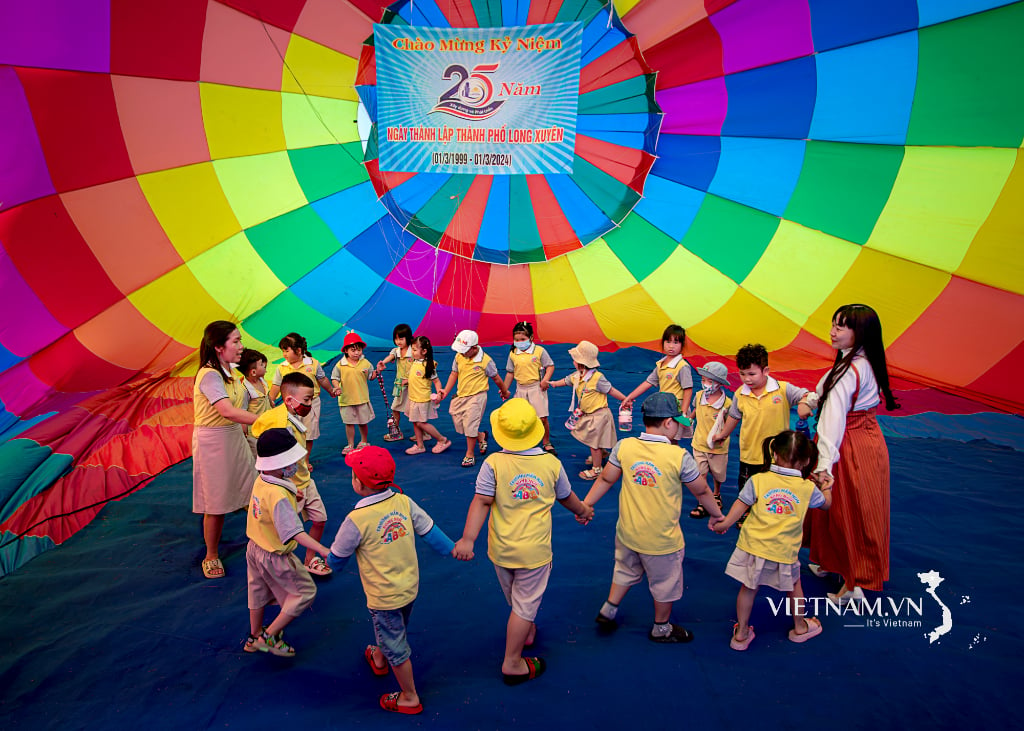

Comment (0)